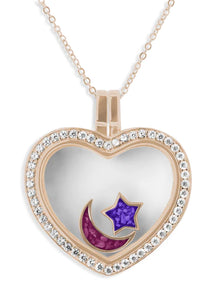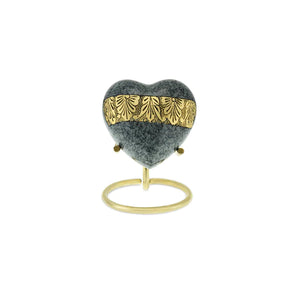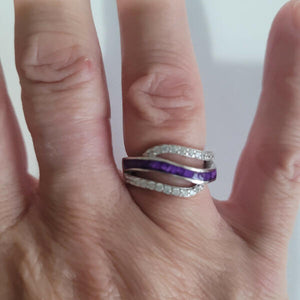Day of the Dead, All Souls day, All Saints day, and Halloween

The Day of the Dead, All souls day, All Saints day, and Haloween are all celebrations of death. They are observed by different religions and involve special rituals and traditions. It is a time when people remember and honour those who have died.
Halloween
All Hallows Eve or Haloween is celebrated on October 31st. It was originally a festival called Samhain when the Celts believed the dead returned to the earth. People would build bonfires and dress up as animals to ward off ghosts. In the Middle Ages, the custom of mumming developed and gave rise to the traditions associated nowadays with Halloween. People would dress as demons or ghosts and perform antics in exchange for drinks and food.
All Saints Day
Also known as All Hallows Day or Hallowmass, All Saints Day is celebrated on November 1st. It is observed by both Roman Catholics and Anglicans. On this day all the saints and martyrs are remembered. Especially those who do not have their own saint day.
All Souls Day
Also called the Feast of All Souls and Defuncts Day, All Souls Day is celebrated on November 2nd. It is observed by all the Cristian religions and is the day when prayers are offered for all deceased relatives. It is a day for giving alms to the poor. For Catholics, it is the day when they pray for the souls of those in purgatory to help them to cleanse their souls and enter heaven. In Latin America, families light candles for the departed. Also, many families visit the graves of deceased members and clean them. Sometimes, they take food and have a picnic, and then leave some food as an offering to the departed.
The Day of the Dead
El Dia de los Muertos or the Day of the Dead is the name given in Mexico to the celebration which takes place across the country. It lasts from October 31st through to November 4th and is a public holiday. Although it centres around the Catholic festivals of All Saints and All Souls days, it has its roots in local Mayan and Aztec traditions. People adorn themselves with flower garlands, wear elegant flowing gowns called La Catrina, and paint their faces as skulls. There are processions and the celebration is a colourful carnival. Families gather in the cemeteries to light candles, play music, and sing to their dead. Also, they build small decorated shrines in their homes and eat special breads and sweets.







